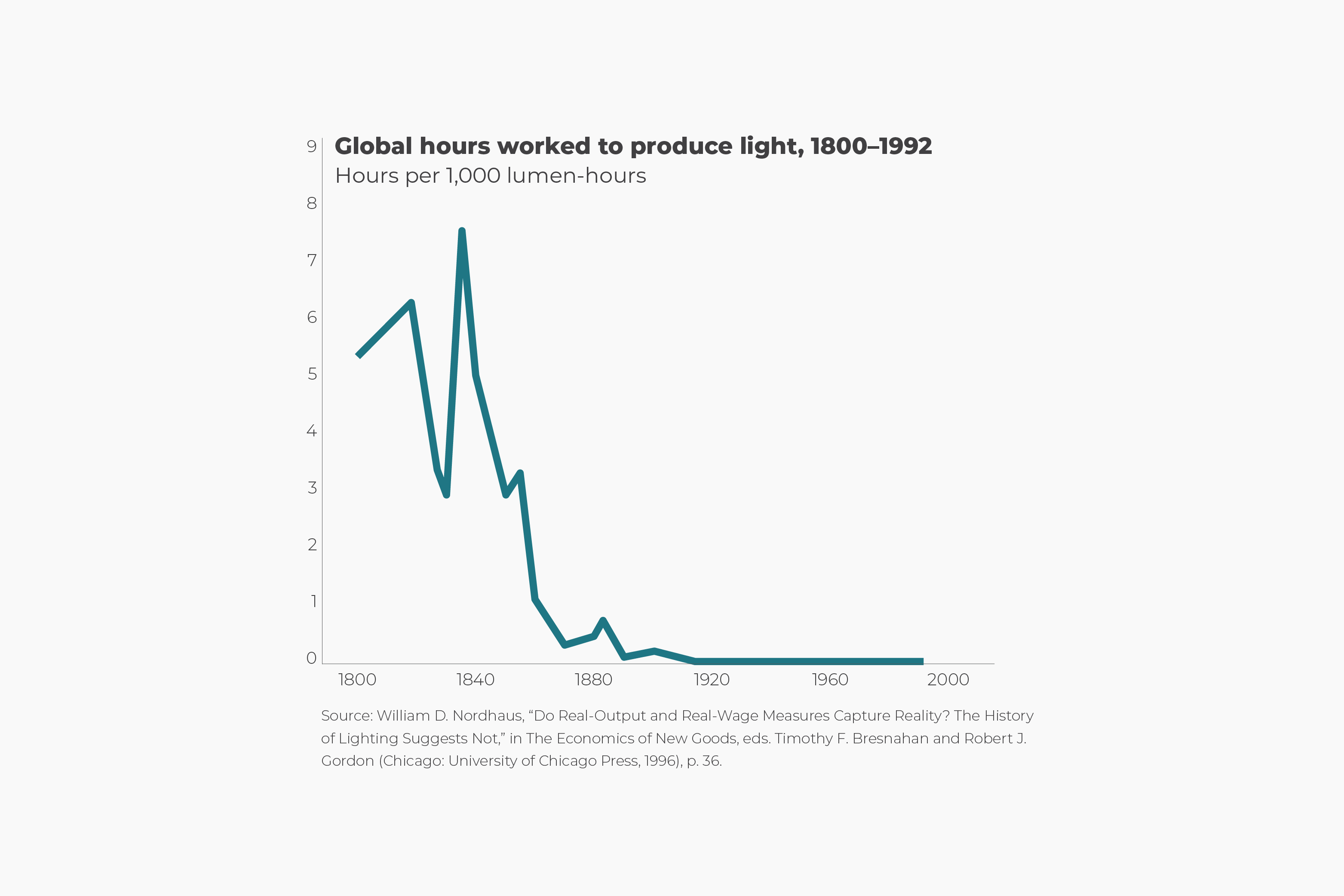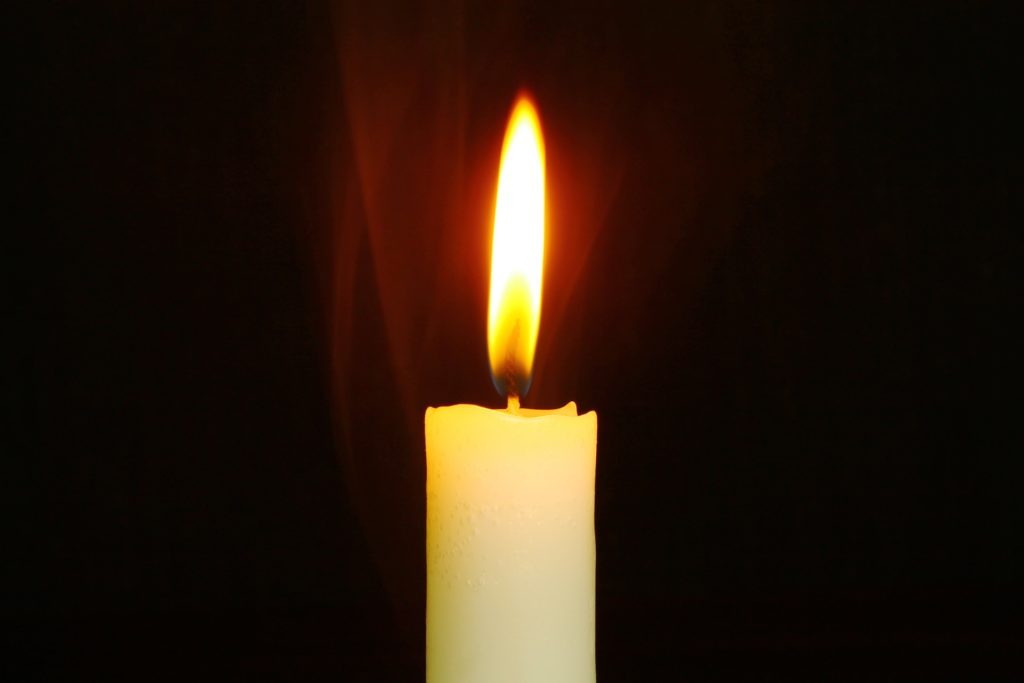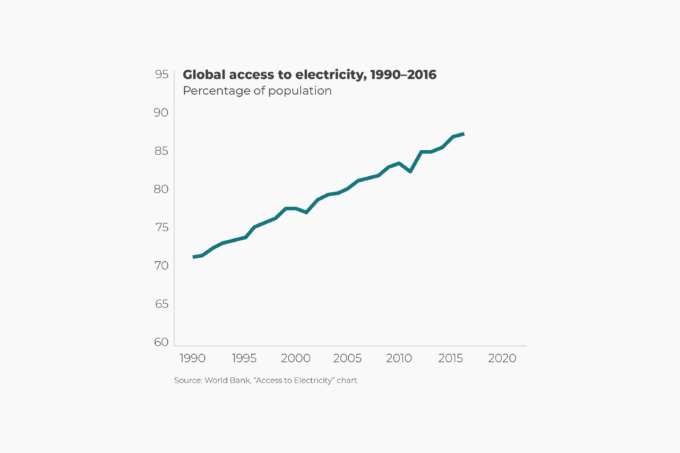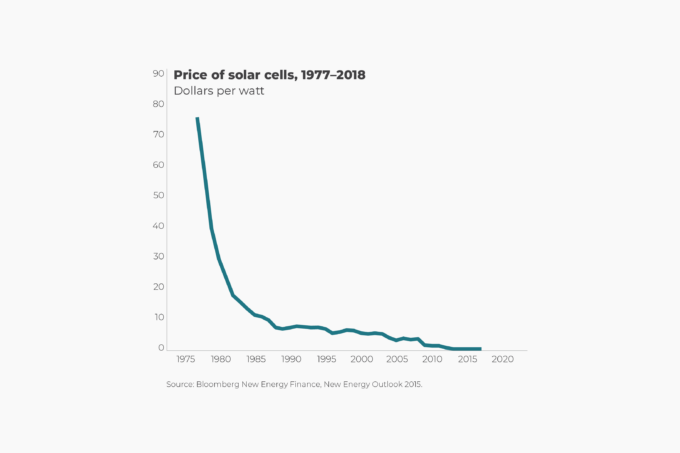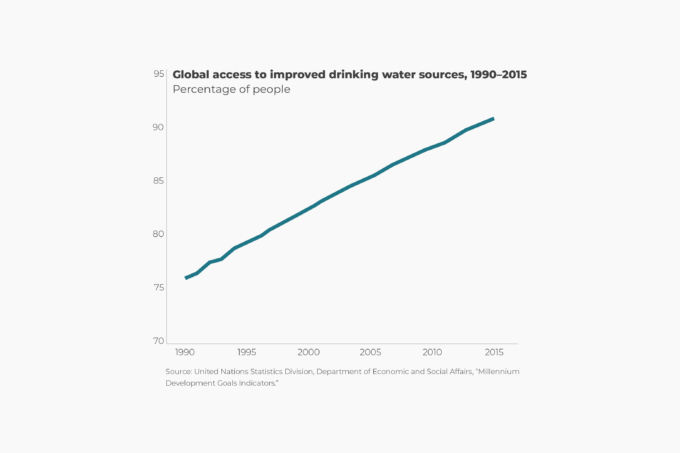To light the night, our ancestors initially used wood, later burning vegetable fats, such as sesame oil. Next came candles made from beeswax, spermaceti derived from sperm whales, and tallow rendered from animal fat. Later lamps were fueled by coal gas and kerosene. Electric lighting emerged at the end of the 19th century, first as a luxury and now as a basic component of modern life in most countries.
Both the efficiency and the cost of lighting have changed a great deal. In 1996, William D. Nordhaus of Yale University calculated that open fire produced a mere 0.00235 lumens per watt. (A lumen is a measure of how much visible light is emitted by a source. Lumens per watt refers to the energy efficiency of lighting. A traditional 60-watt incandescent bulb in the United States, for example, produces 860 lumens.)
A sesame-oil lamp could produce 0.0597 lumens per watt; a spermaceti candle, 0.1009 lumens; whale oil, 0.1346 lumens; and an early town gas lamp, 0.2464 lumens. In 1883, an electric filament bulb emitted a then- astonishing 2.6 lumens per watt, rising eventually to 14.1667 lumens by 1990. In 1992, compact fluorescent light bulbs greatly exceeded incandescent bulbs’ efficiency by delivering 68.2778 lumens per watt.
Those amazing efficiency improvements collapsed the price of lighting. Nordhaus estimates that our Paleolithic ancestors labored 58 hours, mostly gathering wood, to “buy” 1,000 lumen-hours of light. (A lumen- hour is a unit of luminous energy, equal to that emitted in 1 hour by a light source emitting a luminous flux of 1 lumen.) By 1800, it took about 5.4 hours, and by 1900, it took 0.22 hours. In 1992, 1,000 lumen-hours required 0.00012 hours of human labor. That amounts to a reduction of close to 100 percent.

